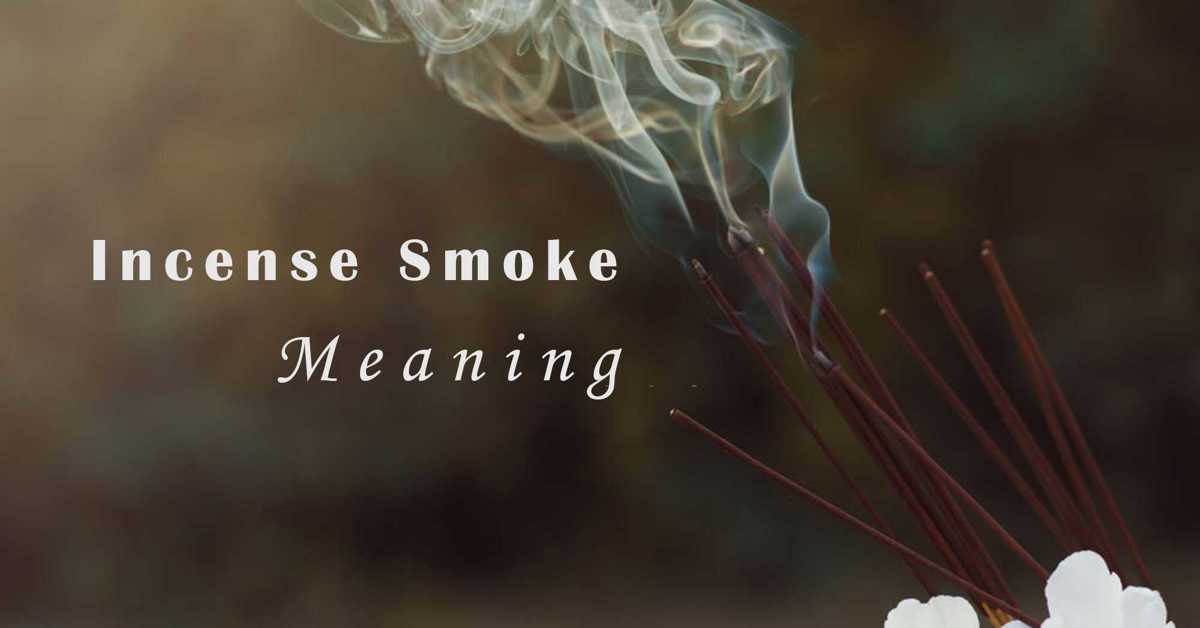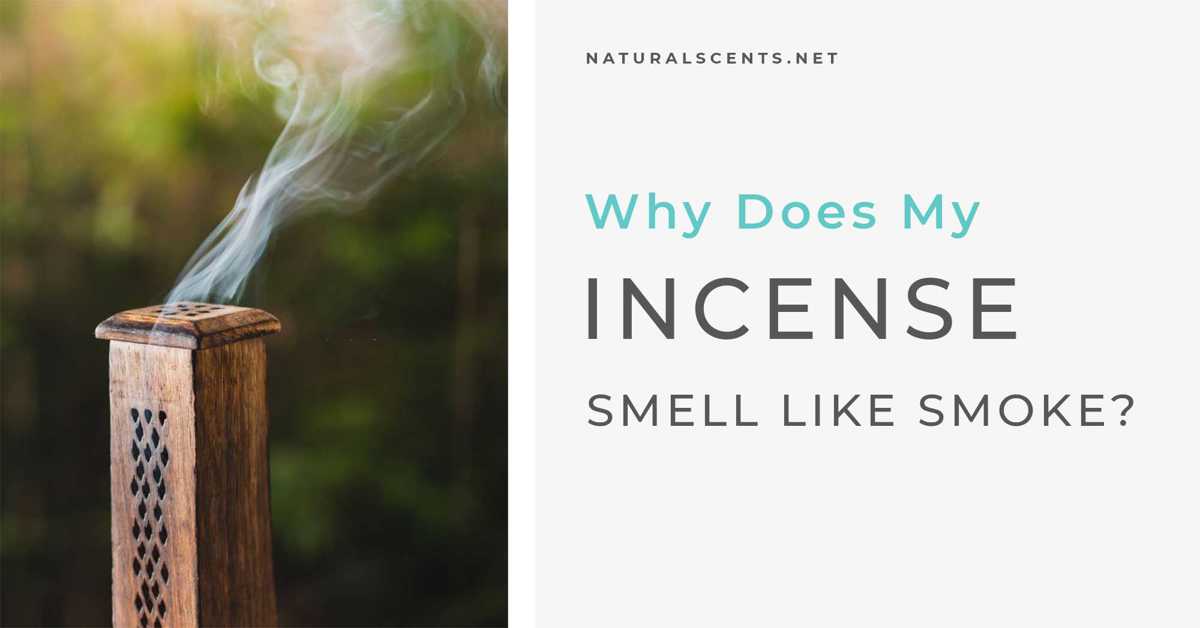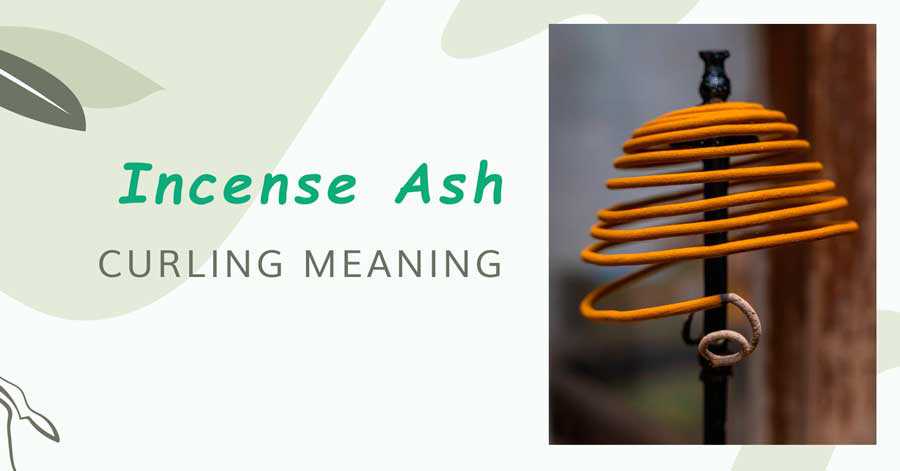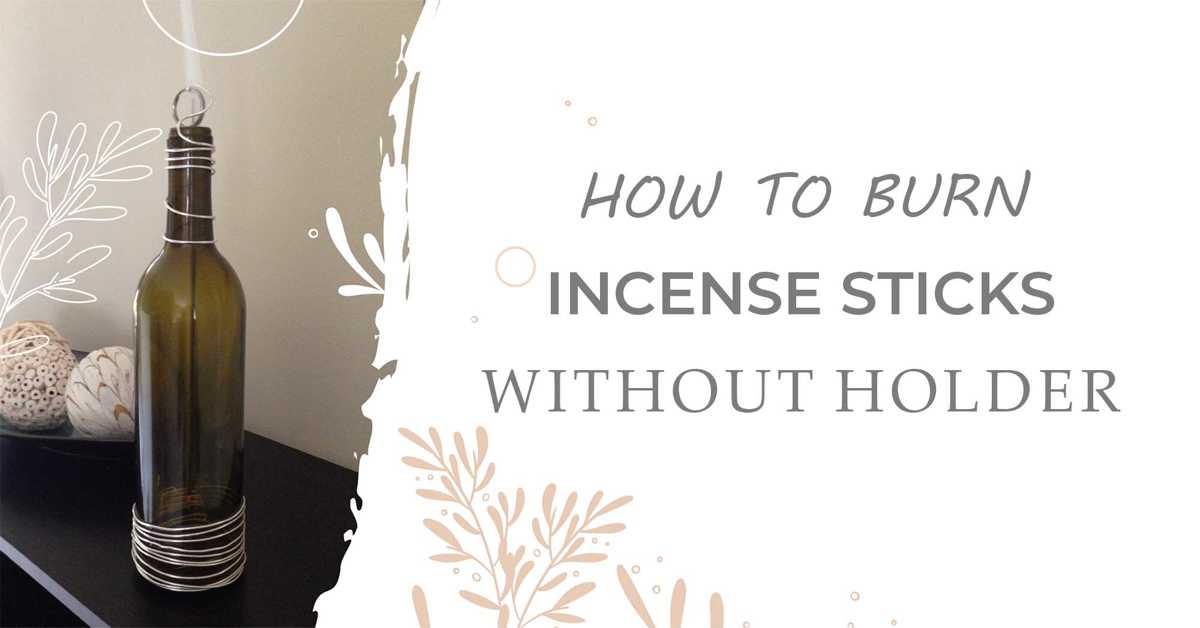When it comes to choosing incense, there are two main formats to choose from sticks or cones. But which one is better? Do you know the difference between incense sticks and cones? Most people don't, but there is a big difference. In this blog post, we'll break down the key differences between incense cones and sticks so that you can make an informed decision next time you're shopping for incense. Stay tuned!
- 1. What are incense sticks and cones made of?
- 2. How do you use them to produce fragrance in a room or outdoors?
- 3. How long do incense sticks and cones burn?
- 4. Do they give off the same fragrance?
- 5. What are the benefits of using incense sticks over cones, and vice versa?
- 6. How to store and how long to store?
- 7. Are there any risks?
- 8. What are some popular brands that you can try?
- 9. So which is better for you - sticks or cones?
1. What are incense sticks and cones made of?
When it comes to choosing between incense sticks and incense cones, it really depends on your personal preferences. However, there are some key differences between the two that you should be aware of before making a decision.
One of the main differences is in the ingredients. Incense sticks and cones are made of a variety of materials, including wood, bamboo, herbs, and resins. The type of material used affects the scent of the incense, as well as its burning properties.
Wooden incense sticks are the most common type of incense, and they can be made from any type of wood. Besides, incense sticks are typically made with bamboo charcoal, wood powder, and fragrance oils. Bamboo is also a popular material for incense sticks, as it burns slowly and evenly.
Incense cones, on the other hand, are made with sawdust, charcoal, and essential oils. This means that incense sticks will generally produce more smoke than incense cones. Herbs and resins are usually used to make cone incense, as they provide a strong scent when burned.
If you want a strong scent, choose incense made from herbs or resins. If you prefer a more mellow scent, choose incense made from wood or bamboo. Experiment with different types of incense to find the perfect one for you!
You can also read the article: what are incense sticks or what are incense cones to learn more about the ingredients of two types of incense!
2. How do you use them to produce fragrance in a room or outdoors?
Incense sticks and incense cones are both used to create scents in the home or outdoors, but they can differ significantly in how they are used.
To burn an incense stick, you will need a censer or burner - these are often made from metal, although high-quality clay can also be found. You must choose your censer carefully; it should be sturdy enough to not shatter if the heat is too intense and large enough so that the stick's tip won't melt into the hole. When using a metal censer for the first time, you might want to place some sand or a rock in the bottom so that it doesn't get too hot and damage the surface.
Incense cones are a little different from incense sticks. To use them, first light the tip in a flame using matches or a lighter. After about 30 seconds, blow out the flame and the cone will start to radiate smoke. You can place them in a censer, burner, or even just on a plate - wherever you like! The cones last for about 15 minutes and burn out completely; then, you'll have to purchase another one if you want to continue with your spiritual practice.
There are many different ways to use incense in your spiritual practice, so it's really up to you which method works best for you. Read the following articles to find out which usage works best for you!
>>> How to Use Incense Sticks: The Ultimate Guide
>>> 10 Ways to Burn Incense Sticks Without Holder: Fun and Easy DIY Ideas
>>> How to Use Incense Cones: A Comprehensive Guide
>>> 5 Ways to Burn Incense Cones Without a Holder: DIY Tips and Tricks
3. How long do incense sticks and cones burn?
Incense sticks and incense cones are both popular forms of burning incense, but they each have their own unique characteristics. In general, incense sticks burn more quickly than incense cones because they are thinner shapes. However, some people prefer to use incense cones because they tend to burn more slowly and produce less smoke. In the end, it really depends on your personal preference when choosing between these two types of incense.
The average incense stick or cone will burn for about 30-60 minutes. However, there are some brands that claim their products can last up to 2 hours. It really depends on the quality of the incense and how it was made.
Incense sticks typically burn faster than incense cones due to the fact that they are thinner and can be rolled more tightly. For example, an average set of 12-inch sticks can typically last for about 30 - 40 minutes whereas a cylindrical cone can last for about 60 minutes. Furthermore, incense cones are more difficult to extinguish and may burn out completely if not used properly.
4. Do they give off the same fragrance?
Incense sticks and incense cones are popularly used for aromatherapy, meditation, religious rituals, and home decor. They emit a pleasant fragrance capable of lifting up your spirits. However, each of them has its own unique scent that makes it distinctly different from the others.
As compared to incense sticks, incense cones are widely available in numerous varieties. This allows you to choose the one that best suits your needs and preferences. Moreover, they come in a variety of materials including sandalwood, rosewood, and Nag Champa.
Another difference between the two types of incense is the intensity of their scents. In general, incense sticks tend to have a stronger scent than incense cones. This is because they are typically made with wood chips which are better at diffusing scents compared to other ingredients used in making incense cones such as clay or sandalwood powder. However, note that some people actually prefer using lighter scents since it doesn't overpower their environment as strong-scented incense sticks do.
Being compact in size, incense cones are easy to light up and do not require any special equipment to be lit up. On the other hand, they often produce a smaller amount of smoke compared to incense sticks. This makes them suitable for indoor use in places such as homes, offices, or shops.
5. What are the benefits of using incense sticks over cones, and vice versa?
For starters, incense sticks are very easy to use. They don't require any kind of special equipment or tools, and they can be lit directly with a match or lighter. Similarly, incense cones are simple to light and often come in prepackaged kits that make it easy and convenient to use them right away.
Another key benefit is cost-effectiveness. Both types of incense tend to be relatively affordable compared to other options like essential oils or scented candles, making them great choices if you're looking for an affordable way to add some fragrance to your home.
Finally, both incense sticks and cones allow you to customize your scent experience. While most incense sticks and cones come pre-scented in a variety of different fragrances, you can also purchase unscented versions and then add your own essential oils or blends of oils if desired. This gives you the freedom to create the exact kind of ambiance you want in any room of your home, whether it's a relaxing and soothing aroma or something more energizing and invigorating.
In conclusion, there are many benefits to using incense sticks over cones as well as vice versa, including ease of use, cost-effectiveness, and customizability.
You can also refer to the following articles to learn more about the benefits of incense sticks and incense cones!
>>> The 11 Health Benefits of Incense: How Incense Can Improve Your Wellbeing
>>> 10 Surprising Benefits of Incense Waterfall: From Fragrance to Feng Shui
>>> 9 Ways to Use Incense for Spiritual Benefits
6. How to store and how long to store?
When it comes to storing incense, there are a few things to keep in mind. Incense sticks should be stored in a cool, dry place, away from direct sunlight or heat sources. Once opened, they will usually last for six months to a year. Incense cones are less fragile than sticks and can last for several years if stored properly.
To extend the life of your incense, it is best to keep it in an airtight container. This will help to keep the fragrance fresh and prevent the incense from drying out. If you live in a humid climate, you may want to store your incense in the refrigerator or freezer to further prolong its shelf life.
You can also read the article: Instructions for storing incense properly to learn more details!
7. Are there any risks?
Incense sticks and incense cones are commonly used in religious ceremonies and spiritual practices, as they have been traditionally believed to have a positive effect on one's environment. However, there are some risks associated with their use that you should consider before incorporating them into your spiritual practice.
One potential risk of using incense is exposure to toxic fumes and smoke. Burning certain types of raw materials or resins can produce potentially harmful substances like benzene and polycyclic aromatic hydrocarbons, which can cause serious health problems like cancer. If incense contains high levels of these chemicals, it may be better to avoid using it to ensure your safety.
Another potential risk is damage to your eyes or respiratory system from the burning embers of incense. It is important to keep your face and eyes away from the direct smoke to avoid any potential irritation or injury. If you are using an electric incense burner, be sure to follow the manufacturer's instructions carefully to avoid any accidents.
Ultimately, it is up to you to decide whether the risks associated with using incense are worth it for your spiritual practice. If you decide to use incense, read the article: 7 side effects of using incense to understand and protect yourself and others from any potential harm.
8. What are some popular brands that you can try?
One of the best places to buy incense sticks or cones is your local convenience store. Most convenience stores carry a basic selection of incense, and you can usually find them near the checkout counters. If you don't have a convenience store nearby, try looking for them at herb stores or grocery stores instead.
Another option is to order incense online from one of many retailers available on the Internet. There are many websites where you can find high-quality incense sticks and cones in a variety of scents and styles, which makes it easy to find exactly what you're looking for. Just be sure to read reviews before making any purchases so that you know you're getting a quality product that will meet your needs.
Ultimately, the best place to buy incense sticks or incense cones will depend on your personal preferences and what is most convenient for you. No matter where you choose to buy them, though, be sure to take some time to explore all of your options so that you can find the product that's right for you.
Read our review of incense sticks and incense cones below to choose the most suitable product for yourself!
>>> Best Smelling Backflow Incense Cones
>>> The Best Chakra Incense Sticks
9. So which is better for you - sticks or cones?
Overall, both incense sticks and incense cones come with their own set of advantages and disadvantages.
It is up to you to decide which one works best for your specific needs and preferences. Nevertheless, regardless of the type of incense product that you choose, they are sure to provide a relaxing aroma capable of uplifting and calming your mind and body.
To determine which one is the best option for you, consider your specific needs including the atmosphere that you want to create (e.g., relaxing, romantic, spiritual) and whether or not you prefer a lighter scent.
That's it for now! I hope this article has given you some insight into how incense sticks and incense cones compare in terms of burning time, cost, scent intensity, etc. If you have any questions or comments, please feel free to let me know in the comment section below! Thanks for reading!
Related articles
Show moreSource
1. INCENSE AND INCENSE STICKS: TYPES, COMPONENTS, ORIGIN AND THEIR RELIGIOUS BELIEFS AND IMPORTANCE AMONG DIFFERENT RELIGIONS
2. Characterization of Indian Incense Stick Powders for their Physical, Chemical, and Mineralogical Properties
3. Incense, sparklers, and cigarettes are significant contributors to indoor benzene and particle levels










